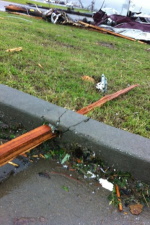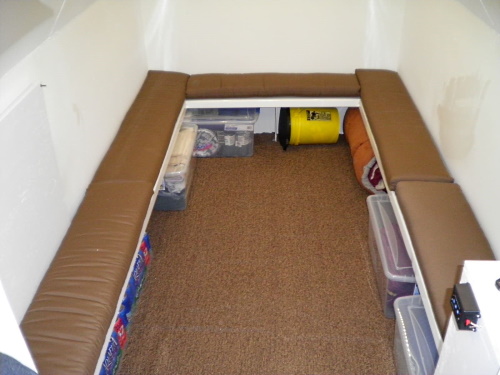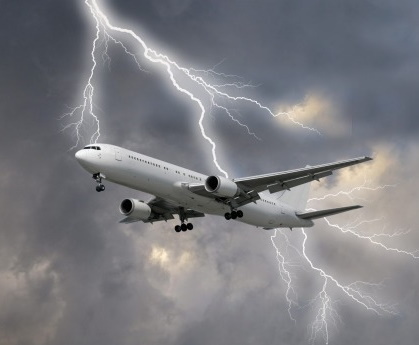
Q What type of storm shelter is best?
A Whatever is above ground can be a target for debris or, as FEMA refers, "missiles" to hit into. While the above-ground "safe rooms" are more convenient, most are tested by shooting a 15lb 2x4 at the door at 100mph. Tornadoes throw SUVs, tractors, and the neighbor's gun safe at you. If you're looking for convenience, simply pull the covers over your head. Fully underground is the ultimate in tornado protection. Consider the wooden spear going through thick concrete in the picture.

Q Can These Be Used To Keep Food In, Like A Root Cellar?
A Many customers have bought one of our storm shelters for dual purposes. They stay quite cool being buried underground—usually about 20 degrees cooler than the outside temperature. One customer reported his shelter temp at 50 when it was 10 outside and 65 at 90. We've had two companies here in Arkansas buy them for their wine-making business. Unlike fiberglass shelters, you can store five-gallon containers under the benches.

Q Where's The Best Place To Put A Storm Shelter?
A Most tornadoes travel from Southwest to Northeast. So if possible, place it in the Southwest part of your yard. That helps prevent debris from landing on top of the shelter. We like to install them just off the rear of a patio or deck. Being outside rather than inside your home also lessens the chance of debris landing on top of it.
Q What About Lightning?
A The chance of lightning hitting something only inches above the ground, not a tree or something taller, would be improbable. Our storm shelters also offer a bonus. They provide a "Faraday effect." They can protect your electronic devices against Electromagnetic Pulses (EMP). Electricity and lightning flow around the outside of hollow metal objects, not through them. It's why you are safe in a car. It's not the rubber tires, and planes get hit regularly.

Q It seems like there are more tornadoes now. Why?
A Tornado Alley is shifting to neighboring states, including Arkansas, Louisiana, and Mississippi.
A recent study that examined US tornado data from 1954-2018 found that this shift has been happening over the last 30 years or so.
Q Will FEMA help pay for my storm shelter?
A: Not in Arkansas. Unfortunately, the state stopped the $1,000 rebate grant program a few years ago. Some other States might have grants, though.
